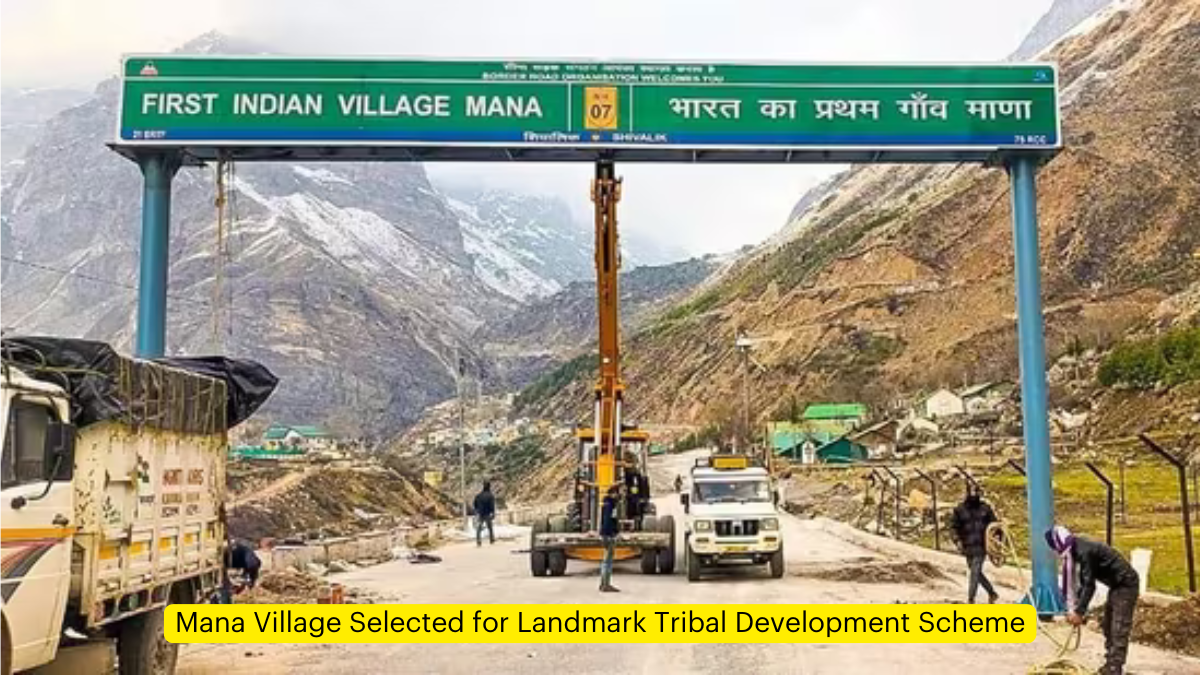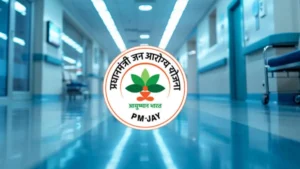The Pradhan Mantri Janjatiya Unnat Gram Abhiyan, a groundbreaking initiative by the Central Government of India, has chosen Mana village in the Joshimath block of Chamoli district for implementation. This selection marks a significant step towards improving the socio-economic conditions of tribal communities in the region.
Announcement and Local Context
This selection is particularly significant for Chamoli district, which, according to the district administration’s official site, is home to the Bhotiya tribes. These indigenous people have a rich history in the region, with most having resided in the Mana and Niti valleys of Upper Chamoli for centuries. The selection of Mana village thus represents a crucial opportunity to preserve and uplift this longstanding tribal heritage.
Program Approval and Budget Allocation
Cabinet Approval and Financial Commitment
The Union Cabinet, under the leadership of Prime Minister Narendra Modi, gave its approval for this ambitious program on September 18. The financial commitment to this initiative is substantial, with a total budget of Rs 79,156 crore allocated for its implementation. This budget is a collaborative effort between the central and state governments:
- Central Government contribution: Rs 56,333 crore
- State Governments contribution: Rs 22,823 crore
This significant financial investment underscores the government’s commitment to tribal development and welfare.
Scope and Reach of the Initiative
The Pradhan Mantri Janjatiya Unnat Gram Abhiyan is set to have a far-reaching impact on tribal communities across India. Key statistics include:
- Beneficiaries: Over 5 crore tribal people
- Coverage: Approximately 63,000 villages
- Geographical spread: 549 districts and 2,740 blocks
- Reach: 30 states and union territories
The program places a special emphasis on tribal-majority villages and aspirational districts, aiming to create a more equitable development landscape across the country.
Addressing the Needs of India’s Tribal Population
Demographic Context
According to the 2011 census, India’s cumulative tribal population stands at over 10.45 crore people belonging to Scheduled Tribes (ST). This significant demographic underscores the importance of targeted development initiatives for these communities.
Comprehensive Approach to Development
The Pradhan Mantri Janjatiya Unnat Gram Abhiyan adopts a holistic approach to tribal development, focusing on several key areas:
- Social Infrastructure: Improving basic amenities and community facilities
- Healthcare: Enhancing access to quality medical services
- Education: Boosting educational opportunities and facilities
- Economic Opportunities: Creating avenues for sustainable livelihoods
Multi-Ministry Collaboration
To ensure comprehensive development, the program will involve multiple government schemes delivered by 17 ministries. These initiatives will be funded under the Development Action Plan for Scheduled Tribes (DAPST) over the next five years.
Key Objectives and Implementation Strategy
Core Aims of the Program
- Infrastructure Improvement: Enhancing basic facilities and connectivity
- Economic Empowerment: Creating sustainable livelihood opportunities
- Education Access: Ensuring quality education for tribal children
- Healthcare Provision: Improving access to medical services
- Dignified Ageing: Ensuring proper care and support for tribal elders
Monitoring and Implementation
To ensure effective implementation and track progress, the program will utilize advanced technological solutions:
- PM Gati Shakti Portal: Tribal villages will be mapped on this platform
- Tailored Approach: Schemes will be customized to meet each village’s specific needs
- Progress Tracking: Both physical and financial progress will be monitored through the platform
- Incentivization: Best-performing districts will be rewarded, encouraging healthy competition and efficient implementation
Innovative Schemes and Future Outlook
New Initiatives under the Program
The Pradhan Mantri Janjatiya Unnat Gram Abhiyan introduces several innovative schemes to address specific needs of tribal communities:
- Tribal Homestays: Promoting cultural tourism and providing additional income sources
- Sustainable Livelihood Programs: Focusing on forest rights holders to ensure economic stability
- Improved Residential Schools and Hostels: Enhancing educational infrastructure
- Sickle Cell Disease Diagnosis: Better facilities for early detection and management of this genetic disorder
- Tribal Marketing Centres: Creating platforms for promoting and selling tribal products




 Govt Launches Market Access Support Sche...
Govt Launches Market Access Support Sche...
 Ayushman Bharat Expansion and Digital He...
Ayushman Bharat Expansion and Digital He...
 REPM Scheme to Build India's First Integ...
REPM Scheme to Build India's First Integ...







